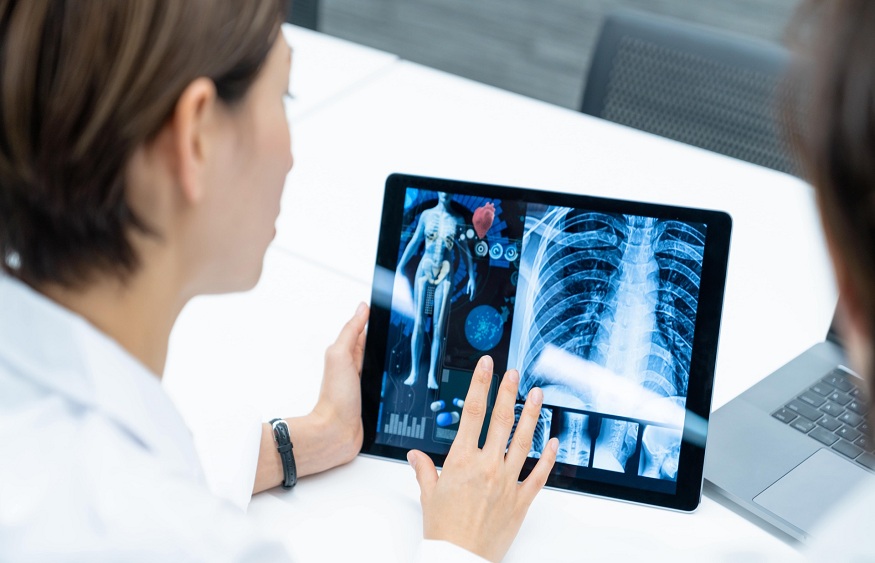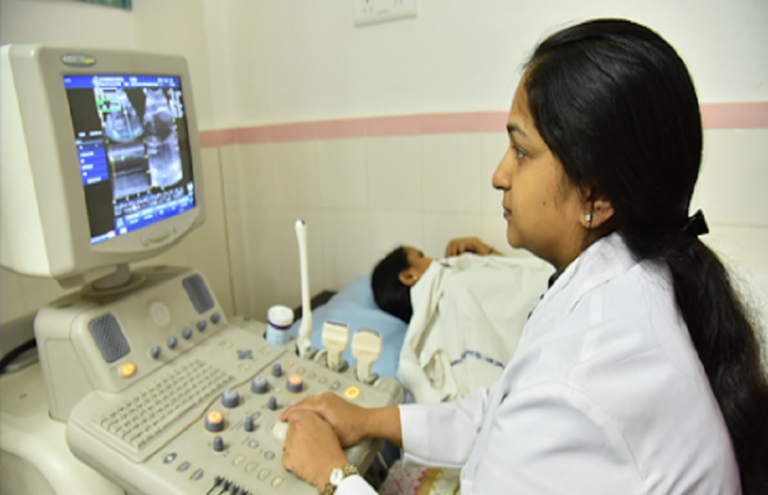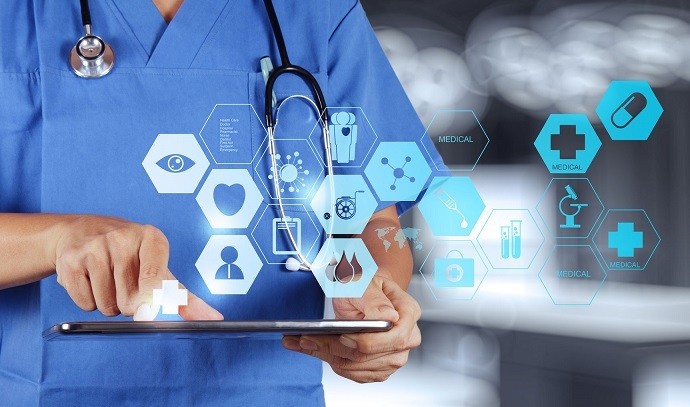
The use of medical imaging analysis in diagnosing and treating a wide range of medical disorders has transformed healthcare in the United States. Let’s investigate best medical imaging analysis essential contributions to the American healthcare system, highlighting its revolutionary effects.
Recognizing the Fundamentals of Medical Image Analysis
The process of evaluating and gleaning important data from medical pictures, including X-rays, CT scans, MRI scans, and ultrasounds, is known as medical imaging analysis. These visual representations of the human body give medical professionals crucial understandings that help them make correct diagnoses and create efficient treatment programs.
Accurate diagnosis is improved
The capacity of medical image analysis to increase diagnosis accuracy is one of its most significant accomplishments. Healthcare professionals can identify anomalies, cancers, fractures, and other health risks early on by carefully examining medical photographs. Early detection frequently results in better treatment outcomes and patient prognosis.
Making Patient Care Better
In the USA, medical imaging analysis has dramatically enhanced patient care. Advanced imaging techniques can help doctors and specialists better grasp the underlying causes of illnesses and injuries. With this information, they can modify treatment plans to fit the unique requirements of each patient, encouraging a more specialized and efficient healthcare method.
Early Identification
Early detection is a significant way that medical imaging in usa analysis improves patient care. Early disease or abnormality detection vastly increases the likelihood of successful therapy and recovery. For instance, mammograms may help save lives by detecting breast cancer at an early, highly treatable stage.
Plans for Individualized Treatment
Each patient is different, and they all have other medical demands. Healthcare practitioners can develop individualized treatment regimens using medical imaging analysis. For instance, while treating a broken bone, it is essential to consider the degree and location of the fracture. The best course of action, whether conservative treatment, casting, or surgical intervention, can be determined using medical imaging.
Reducing risks
Risks associated with invasive procedures include infection and consequences. Medical imaging analysis reduces these dangers by giving clear instructions for intervening. For instance, real-time imaging during surgery helps direct the surgeon, assuring accuracy and limiting injury to nearby tissues.
Monitoring Progress
Medical imaging analysis is crucial for monitoring a patient’s development and making diagnoses. Patients with chronic disorders like cancer or heart disease frequently need routine imaging to monitor how the disease responds to treatment. Thanks to this real-time input, healthcare professionals can optimize patient care by modifying treatment plans as needed.
Excellent Communication
For high-quality treatment, patients and healthcare professionals must communicate effectively. Medical imaging analysis helps with this by supplying patients with visual proof. Better treatment outcomes result from patients being able to see the photos and comprehend their situation, which promotes trust and teamwork.
Cost savings
Despite being an investment, medical imaging analysis has the potential to save healthcare expenses. Accurate and prompt diagnoses enable patients to obtain the proper care earlier, minimizing the need for expensive and protracted hospital stays. It can also avoid pointless testing and procedures, further reducing costs.
Educating Patients
They also enabled patients to participate in their healthcare medical imaging analysis actively. Patients are more likely to follow treatment programs and alter their lifestyles as needed when they have a visual understanding of their disease, which improves their general well-being.
Reduce the Use of Invasive Procedures
Medical imaging analysis offers the potential to reduce the necessity for invasive operations. In many instances, a careful examination of medical imaging might offer enough data for medical experts to make deft choices without surgery. In addition to lessening patient discomfort, this also cuts down on medical expenses and recuperation periods.
Observing the Spread of a Disease
Another crucial component of medical imaging analysis is the capability to track the development of diseases. Regular imaging scans help patients with chronic diseases like cancer or heart disease so that medical professionals can monitor disease status changes. It aids in modifying treatment plans as necessary to ensure the best possible care.
Improvement of Research and Development
Medical imaging analysis significantly advances medical research and development in the USA. Researchers can use extensive medical imaging collections to examine illness patterns, therapeutic results, and the efficacy of novel medications and therapies. This knowledge aids in creating cutting-edge medical treatments and enhanced healthcare procedures.
Assistance with Drug Development
Pharmaceutical corporations heavily rely on medical imaging analysis during the drug development process. By employing imaging tools, they can see how medications interact with the body and target particular tissues or organs. This understanding contributes to creating more effective drugs with fewer adverse effects.
Technologies for Imaging Innovations
Medical imaging analyses constantly fuel imaging technology advancements. Researchers are improving the resolution, speed, and accessibility of imaging technology. It leads to higher-quality images, less radiation exposure, and more comfortable patient imaging treatments.
Medical Image Analysis’s Difficulties
Healthcare in the USA has benefited much from medical imaging analysis, yet difficulties remain. These difficulties include concerns about data privacy, the necessity of ongoing education for medical personnel, and the expensive price of cutting-edge imaging technology. It is essential to address these issues if medical imaging analysis is to continue to enhance healthcare.
Medical imaging analysis in America’s future
In the USA, medical imaging analysis has the potential to make significant improvements and change the field. Emerging technologies like machine learning and artificial intelligence (AI) are expected to be crucial. Healthcare providers can diagnose patients more quickly and accurately with the help of AI-powered algorithms that can quickly and reliably evaluate medical pictures.
Additionally, telemedicine and remote monitoring will increase the accessibility of high-quality healthcare by extending the reach of medical imaging analysis to underserved areas. Imaging instruments should become more portable and affordable, opening these technologies to smaller healthcare facilities and even lone practitioners.
Collaborative partnerships between radiologists, computer scientists, and medical experts will encourage innovation as the area develops. Future advancements in diagnosis accuracy are expected to be accompanied by the creation of individualized treatment programs that will enhance patient outcomes and make the healthcare system more effective and efficient.
Conclusion
Medical imaging analysis is a shining example of advancement in the American healthcare system’s drive to improve patient care. Precision in diagnosis, early disease identification, individualized treatment strategies, and continual patient progress monitoring are all made possible. Additionally, it promotes communication, lowers risks, and gives patients the tools to take an active role in their healthcare. Despite these difficulties, the ongoing development of medical imaging analysis promises to result in better patient care and health outcomes for everyone.






